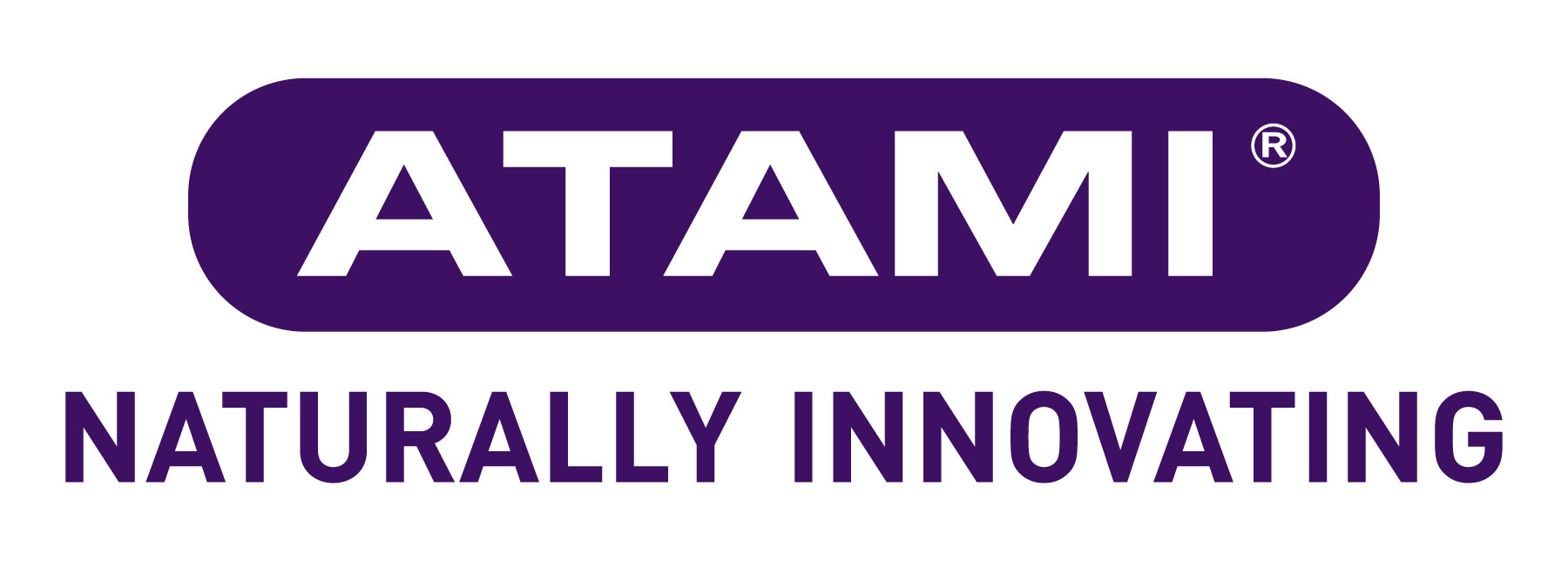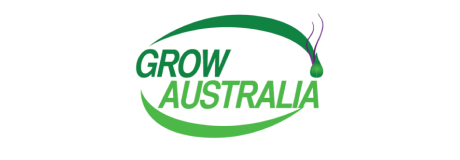Troubleshooting Common Hydroponic Issues: Tips & Tricks For Growers
Welcome to our in-depth guide on troubleshooting common hydroponic issues. As experienced hydroponic growers, you understand the intricacies of this innovative cultivation method. However, even the most seasoned growers may encounter challenges along the way. In this blog, we'll delve into the technical aspects of hydroponics and provide a comprehensive toolkit of tips and tricks to address and overcome these issues effectively. Let's dive into the world of advanced hydroponic troubleshooting!
- Nutrient Deficiencies: When plants exhibit signs of nutrient deficiencies, it's crucial to promptly identify and rectify the problem. By conducting nutrient solution tests and adjusting the nutrient composition, you can provide your plants with the precise elements they require for optimal growth. Explore specialized nutrient formulations and supplementations tailored to combat specific deficiencies, such as cal-mag, ensuring vigorous plant health and minimizing growth setbacks. Test you EC regularly to make sure you are keeping your nutrient levels where they should be.
- pH Imbalances: Unlocking nutrient uptake potential by maintaining an optimal pH level is paramount for facilitating nutrient absorption in hydroponic systems. Utilize high-precision pH meters and adjusters to fine-tune the pH of your nutrient solution. In the event of imbalances, implementing appropriate acid(pH down) or alkaline(pH up) solutions will restore equilibrium, mitigating nutrient lockout and allowing plants to thrive at their full potential.
- Algae Growth: To combat the persistent threat of algae growth, deploy advanced system cleanliness and management techniques. Employ UV sterilizers, ozone generators, or hydrogen peroxide treatments to eradicate and prevent algae colonization.We recommend regular use of products such as System Clean, and Pythoff. Regularly monitor and maintain clean growing surfaces, ensuring optimal oxygenation and nutrient uptake for your plants' sustained vitality.
- Over/Under-watering: Achieving the delicate balance of watering in hydroponics prevents stress and promotes robust growth. Employ precision water timers and moisture sensors to establish a consistent watering schedule tailored to your specific crop requirements. Regularly assess and adjust watering levels, giving your plants the ideal moisture balance for optimal nutrient absorption and overall health.
- Pest Infestations: Implement proactive, integrated pest management strategies one step ahead of common pests. Employ beneficial insects, such as predatory mites, to maintain a natural balance. Regularly inspect plants, deploy sticky traps, and consider organic pest control options when necessary. By prioritizing preventive measures, you can safeguard your hydroponic system from destructive infestations and maintain thriving crops.
- Electrical Issues: Protect your hydroponic setup from potential electrical disruptions by incorporating essential safeguards. Install surge protectors to shield your equipment from power surges, and consider backup generators to provide uninterrupted power during outages. By prioritizing electrical stability, you can ensure the longevity and reliability of your hydroponic system.
- Temperature Fluctuations: Maintaining a consistent temperature range is crucial for promoting healthy plant growth in hydroponics - infact we've written a whole blog on it. Utilize temperature controllers and precision thermometers to monitor and regulate the growing environment effectively. Employ supplementary cooling or heating systems to mitigate temperature fluctuations and provide your plants with the stable conditions they require to flourish.
- Poor Air Circulation: Enhance air circulation within your hydroponic setup to prevent stagnant pockets of air and combat mold and fungal growth. Install strategically positioned fans and air circulation systems to facilitate a constant fresh air flow. This proactive measure ensures that your plants receive ample ventilation, reducing the risk of common fungal diseases and maintaining optimal growth conditions.
- Clogged Systems: Prevent clogs in your hydroponic system by implementing regular cleaning and maintenance routines. Regularly inspect and clean irrigation lines, reservoirs, and filters to remove any debris or sediment buildup that could impede nutrient delivery. Adding products such as Drip Clean to your routine can help prevent clogged systems. By ensuring unobstructed nutrient flow, you guarantee the consistent nourishment of your plants, promoting healthy growth and robust yields.
- Light Burn: Monitoring and controlling light intensity is crucial to prevent light burn and promote optimal photosynthesis. Utilize light meters and adjust lighting configurations accordingly, ensuring that your plants receive the appropriate amount of light for their growth stage. Consider light-diffusing techniques or adjustable light heights to minimize the risk of light burn and maximize your plants' photosynthetic efficiency.
In the complex realm of hydroponics, troubleshooting common issues requires a keen eye for detail and technical expertise. Implementing the tips and tricks in this guide will empower you to address challenges precisely and efficiently. Remember, as knowledgeable hydroponic growers, you have the power to navigate any hurdles that come your way.



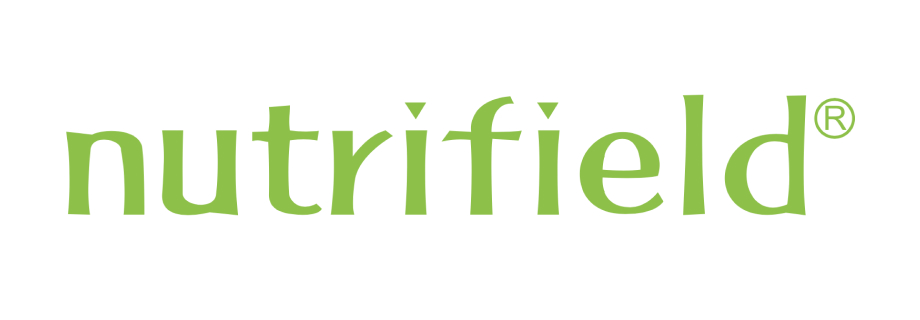



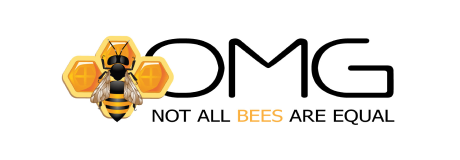










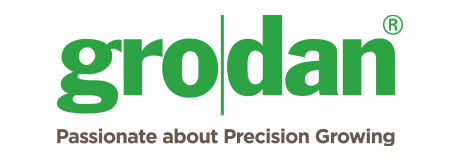

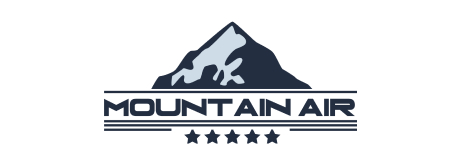

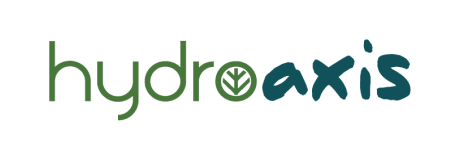













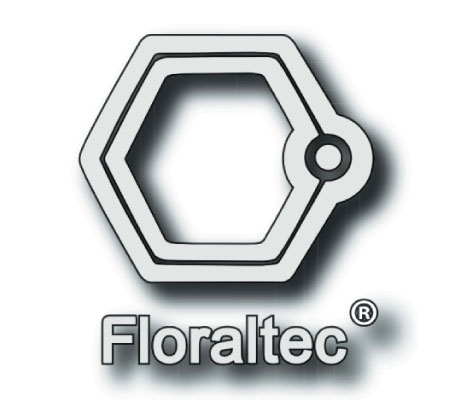

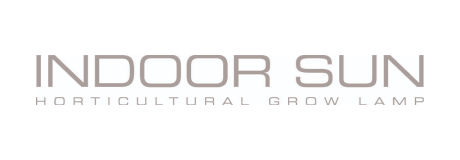




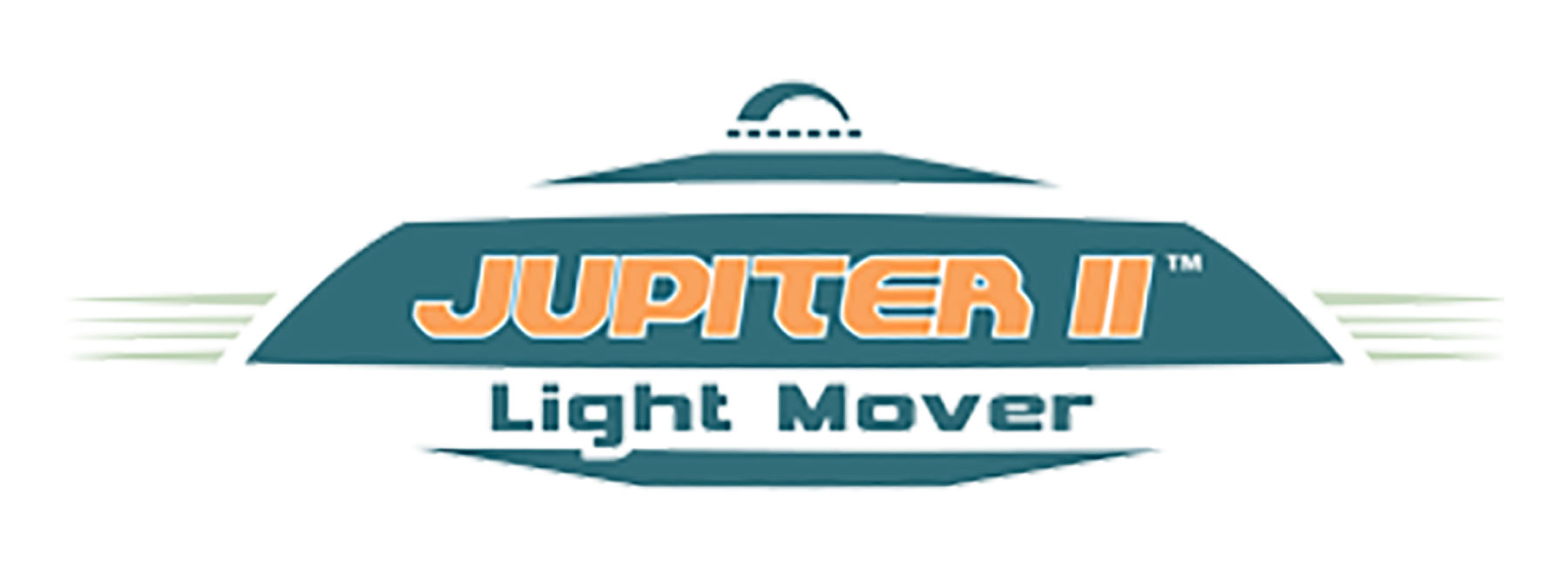







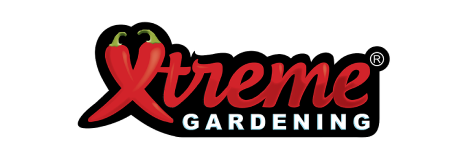

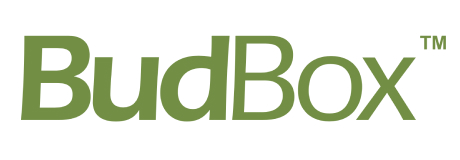



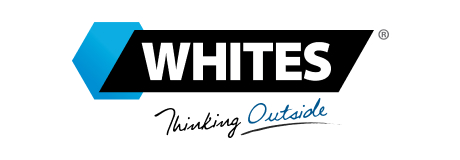




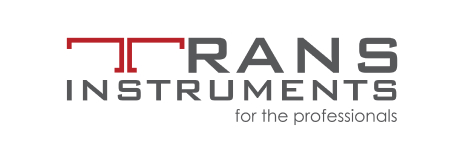
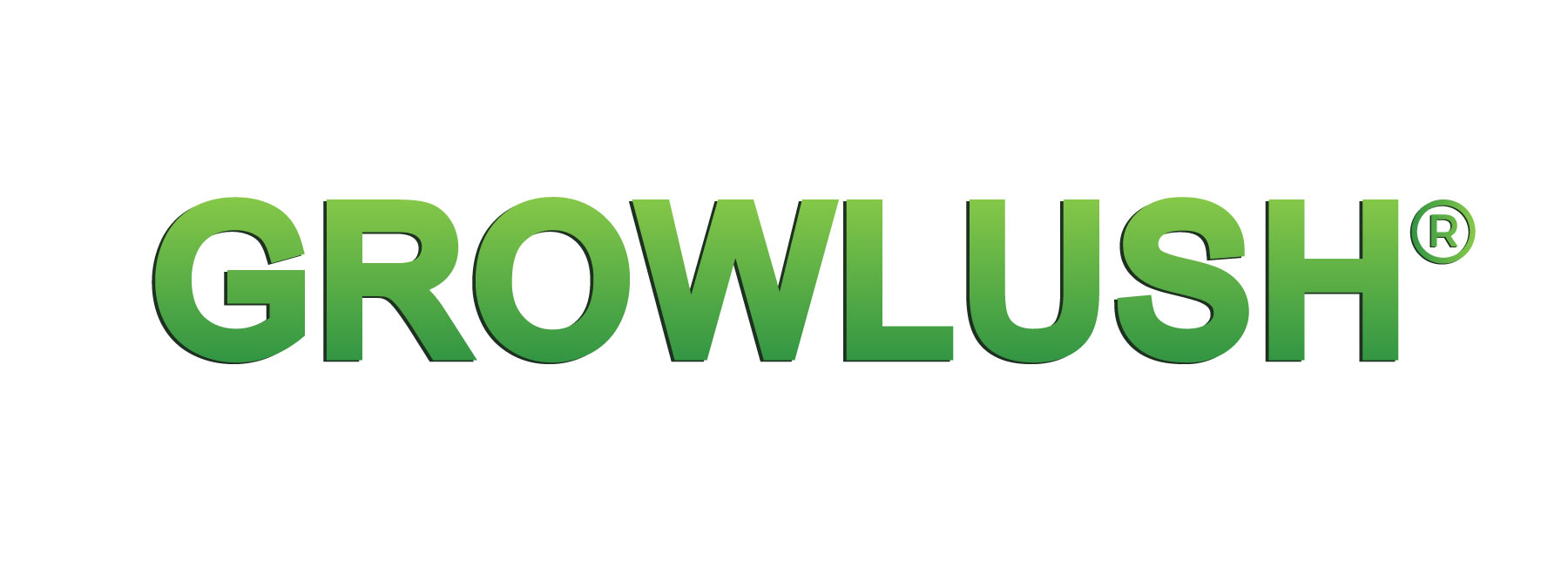






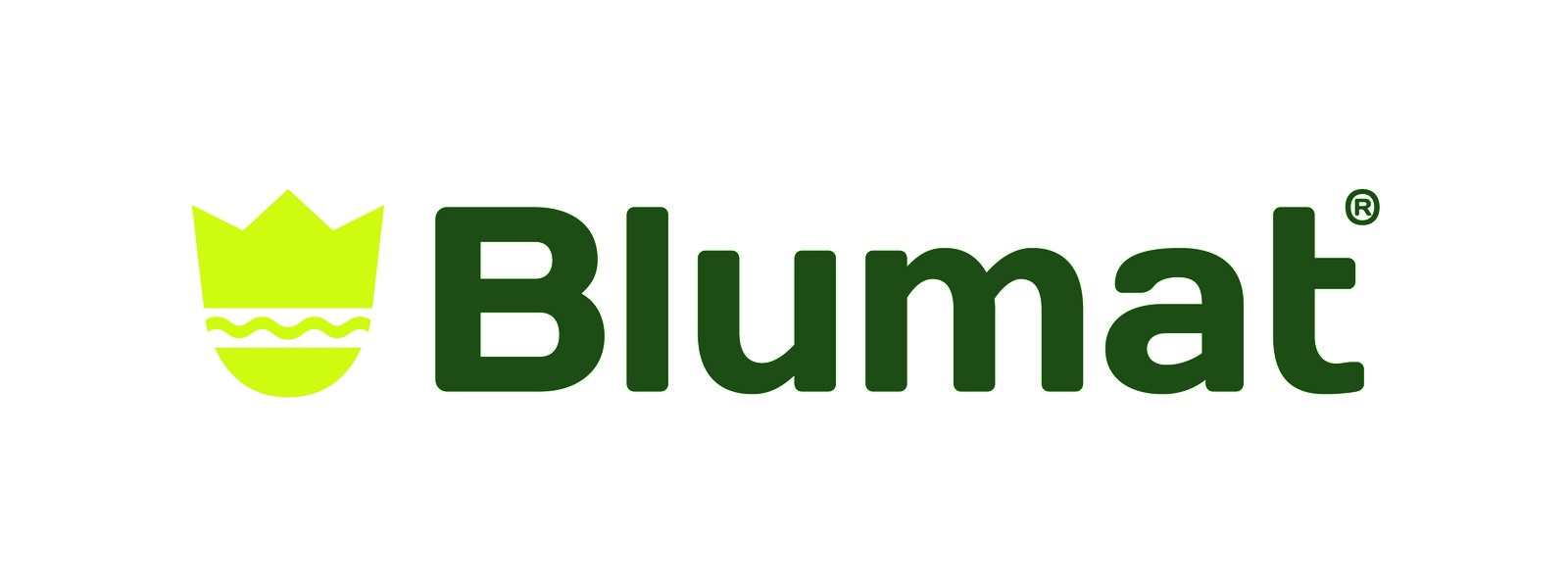
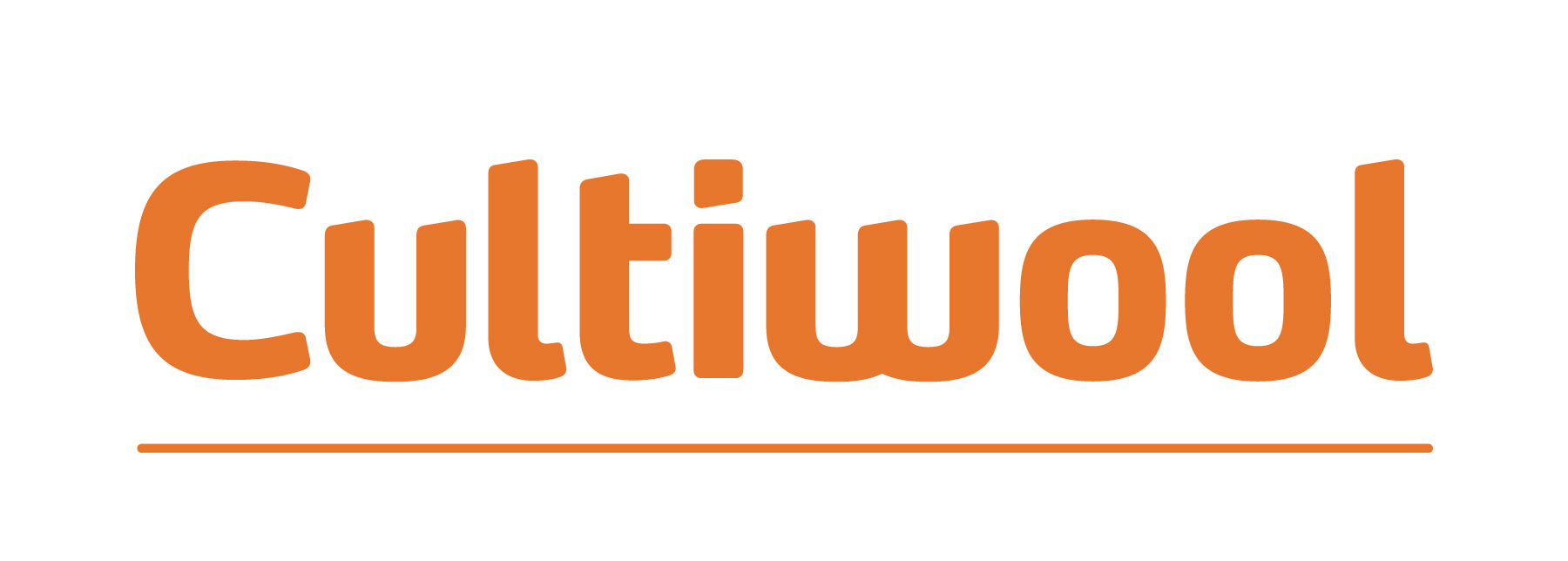







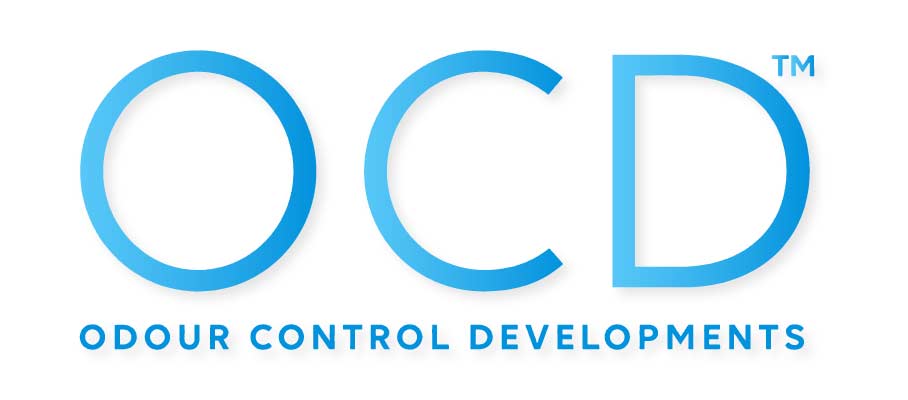

-hyalite.jpg)
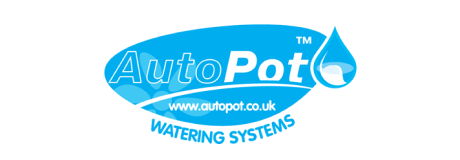



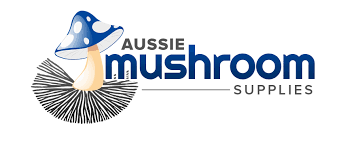
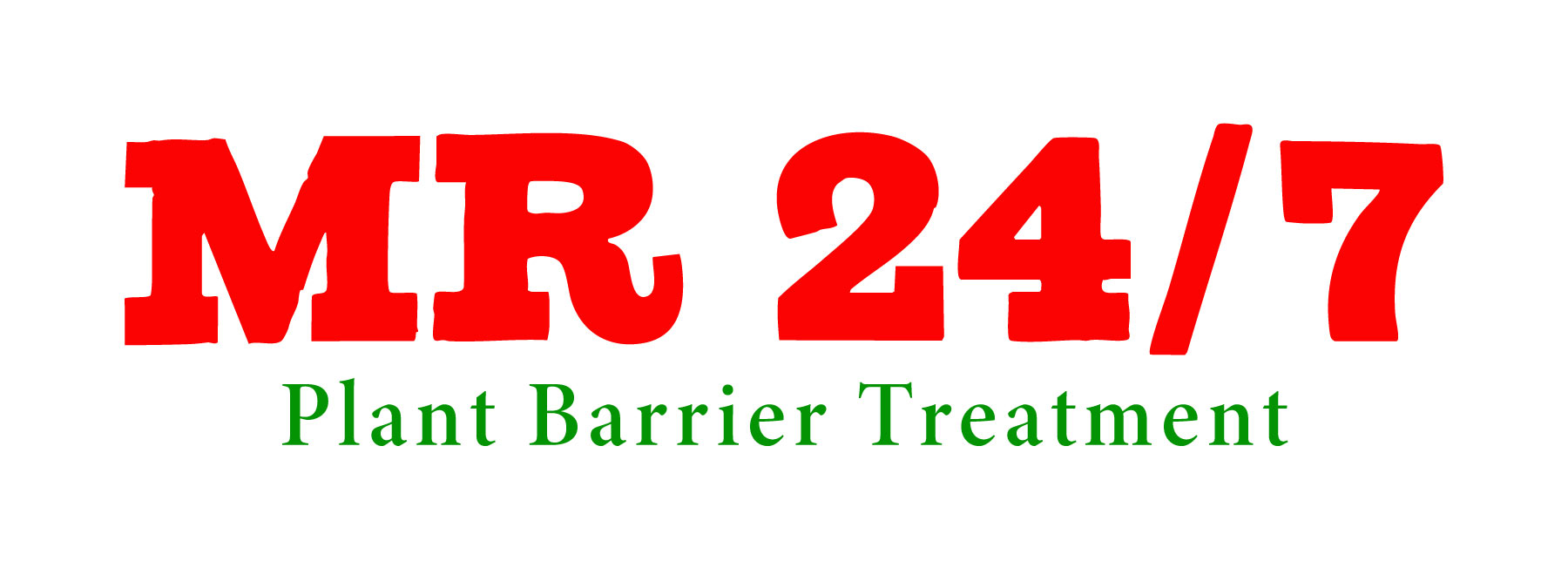
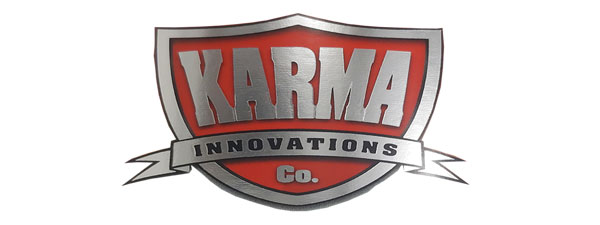




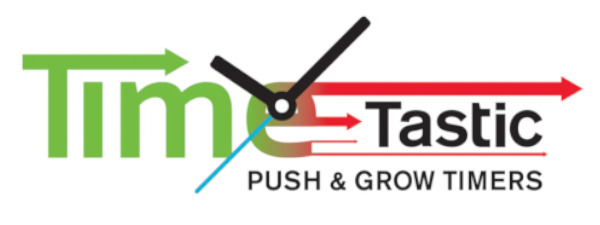



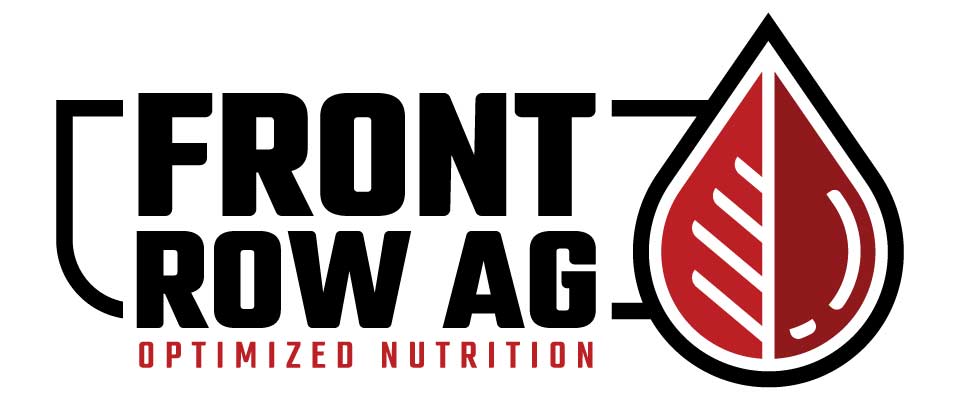
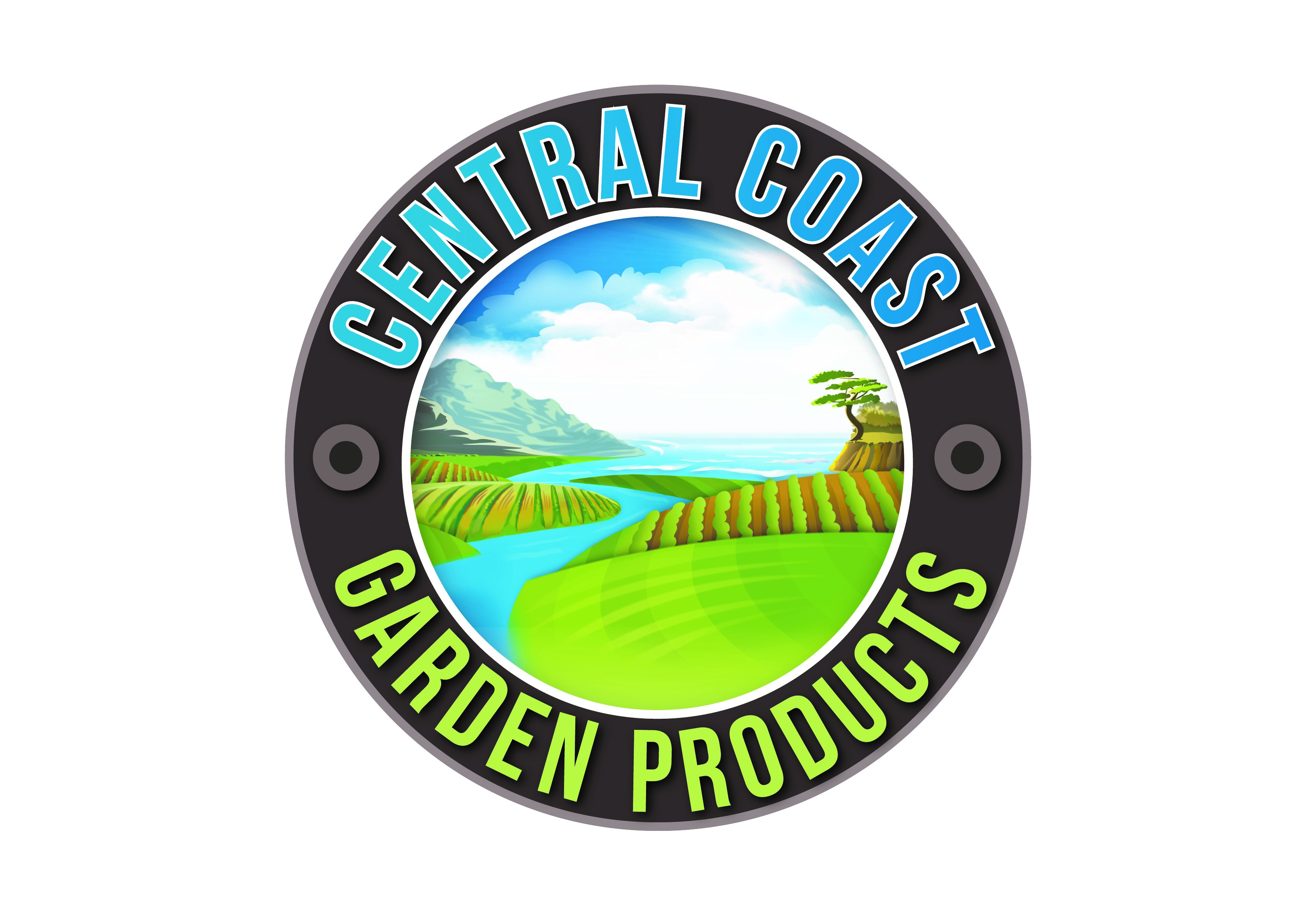


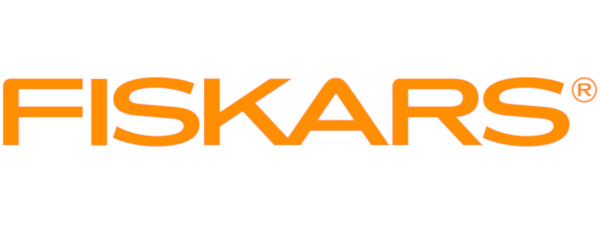




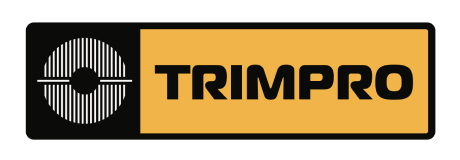

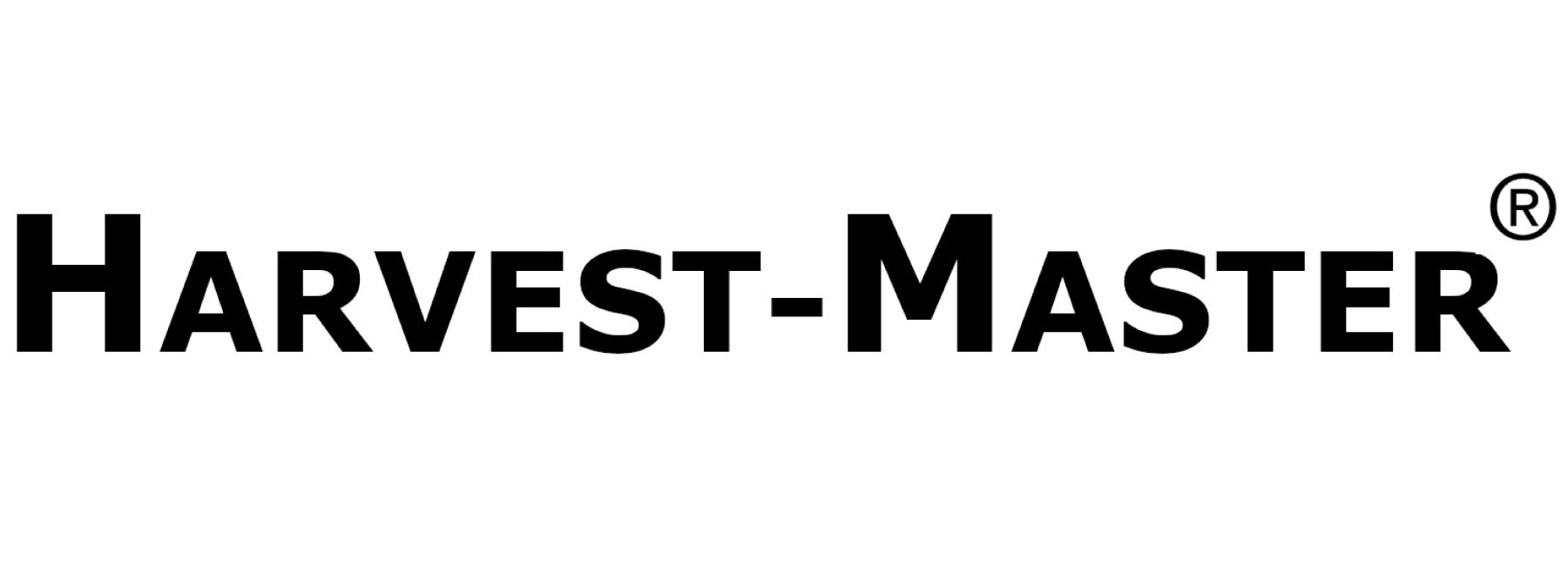





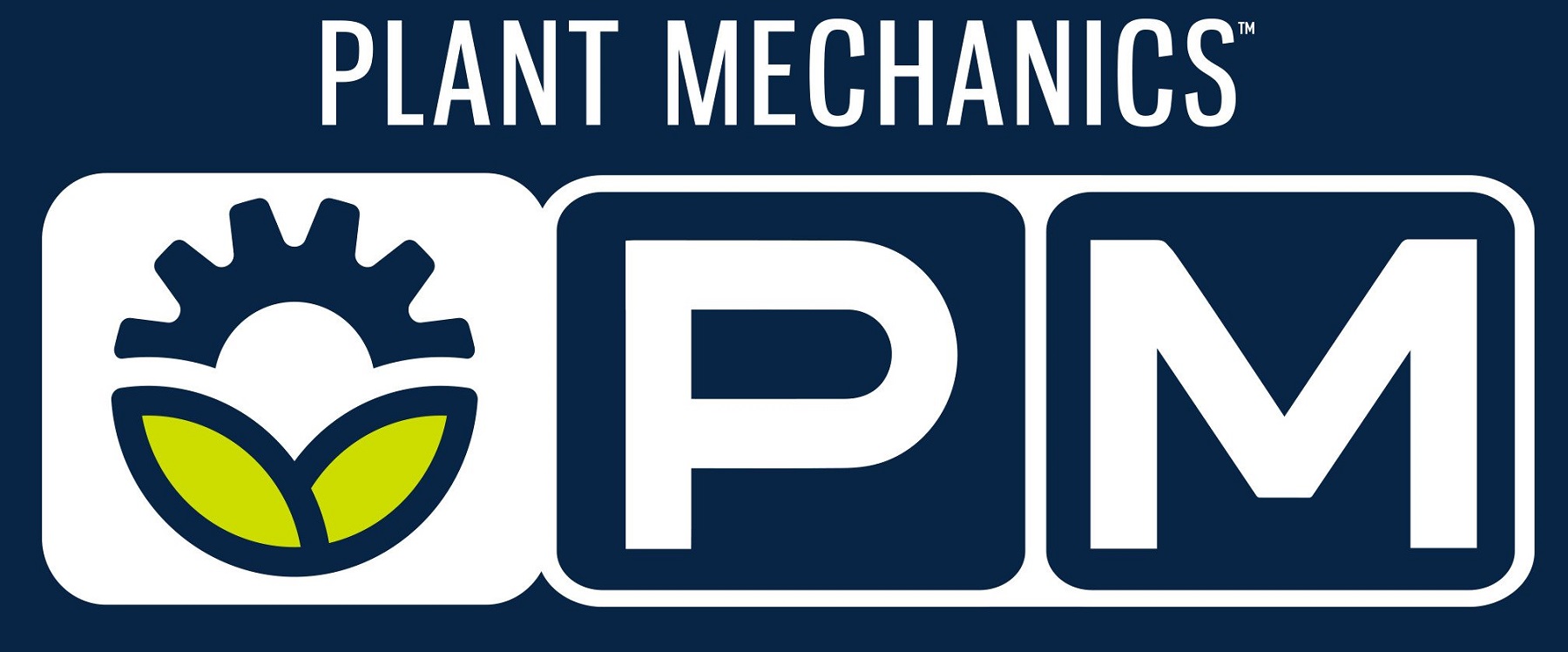



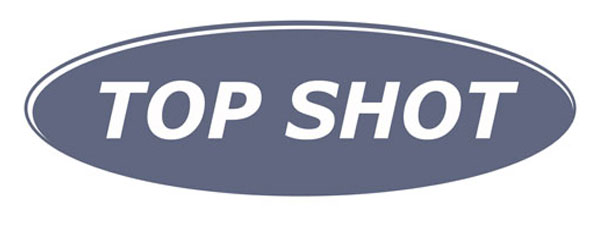







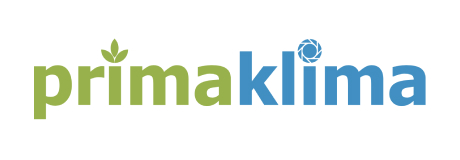


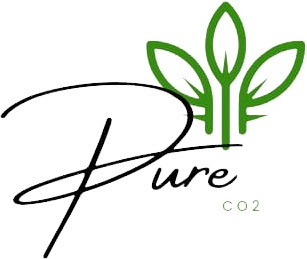



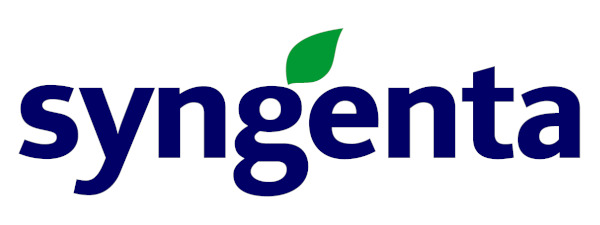
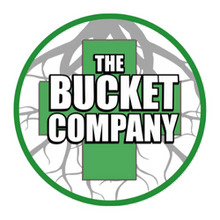
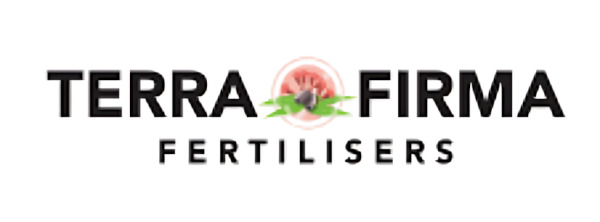

-logo.jpg)

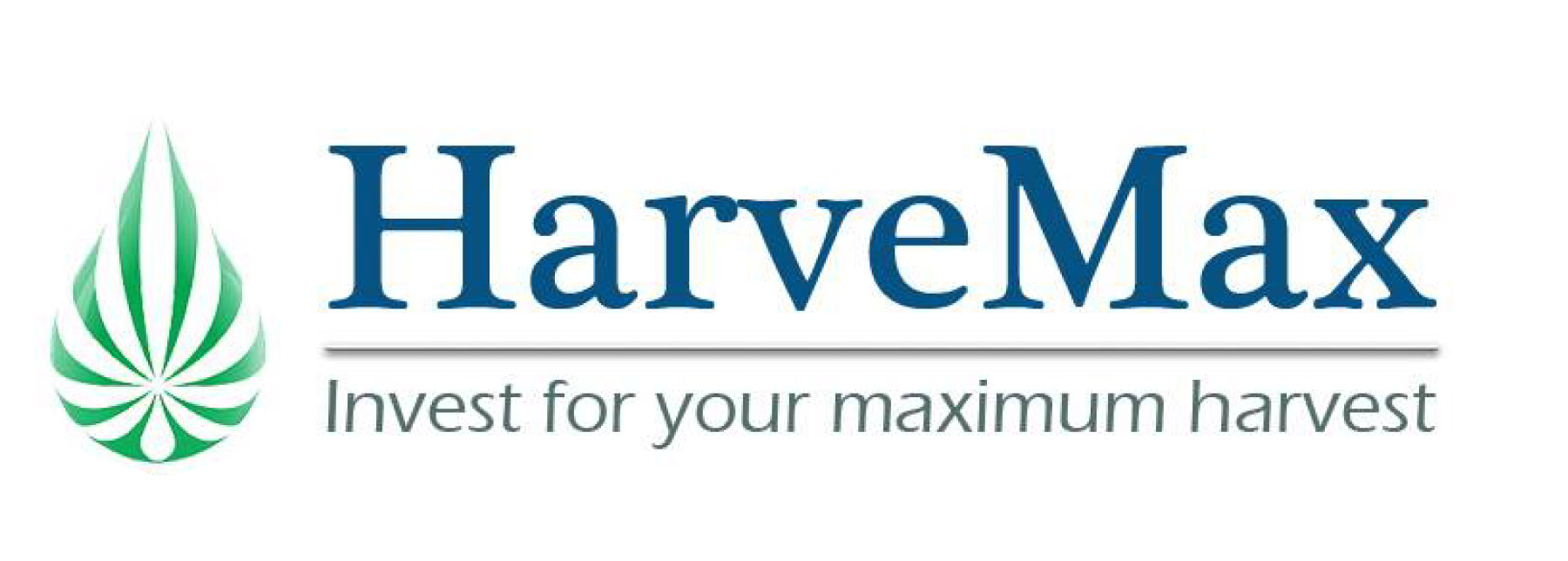

.jpg)
